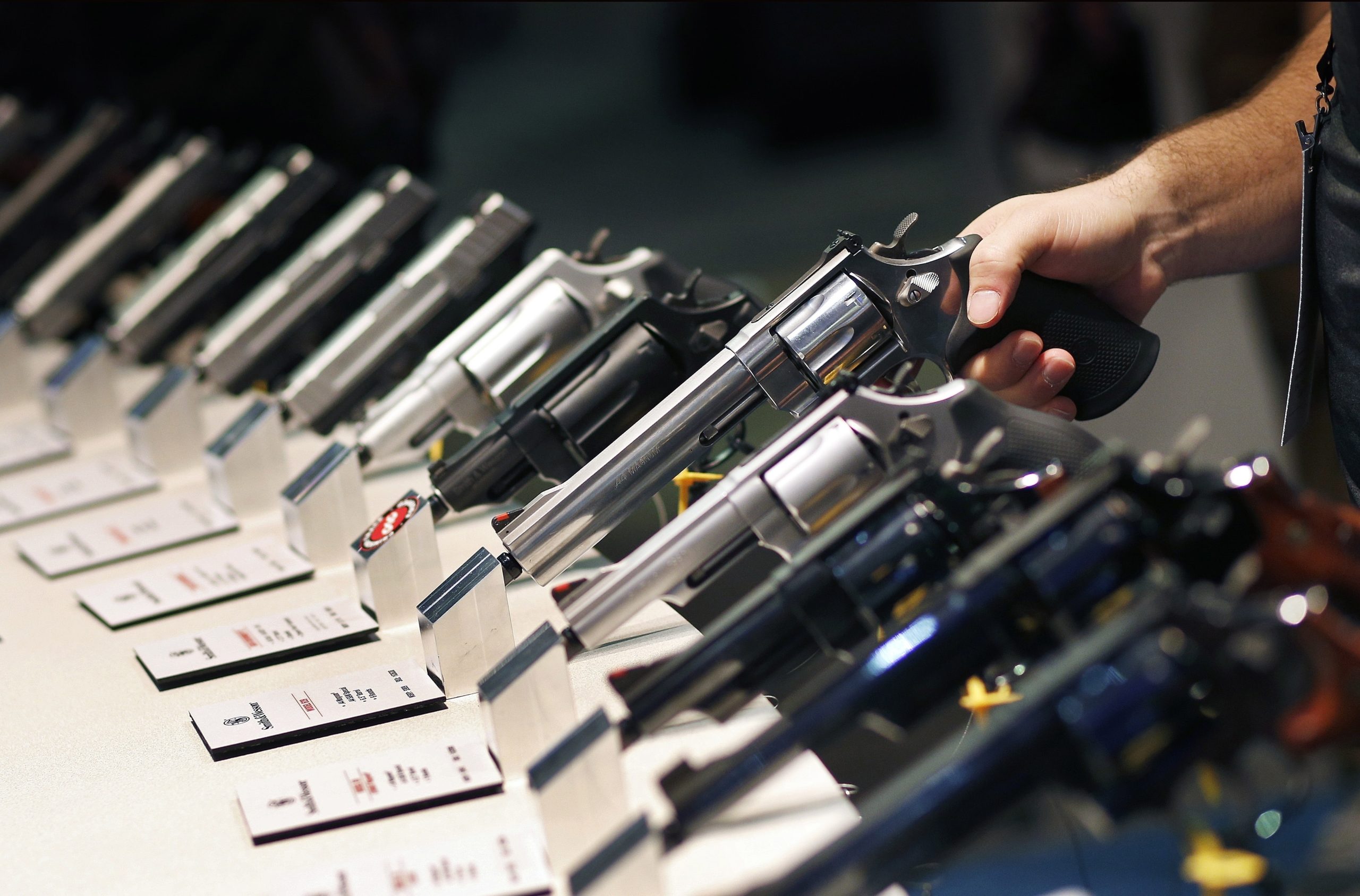What To Know Today
NEW from THE TRACE: How do American gun violence rates compare globally? Champe Barton and Daniel Nass (in his final Trace byline as associate data editor) tackle the first reader question in our rebooted “Ask the Trace” series. Compared to the rest of the world, Americans are significantly more likely to die by gun violence: 11.1 out of every 100,000 Americans were killed by firearms in 2019, triple the global rate. As the chart below shows, that number is powered by suicides: 7 out of every 10 gun fatalities in the U.S. are self-inflicted, amounting to a gun suicide rate that sets the U.S. apart on the global stage. By comparison, the gun murder rate of 4 per 100,000 places the country at 30th in the world. You can read the piece here. Have a burning question about gun violence? Ask us! Submit a question at this link, and if we think we can answer it, we may use it for a future article.
2020 was a banner year for U.S. gun imports. Overall, the country brought in a record 6.8 million firearms (2.8 million long guns and 4 million handguns), according to the ATF’s annual firearms commerce report. Turkey, Austria, and Brazil were the top providers of imported weapons, each sending over a million firearms into the country. Texas, California, Florida, and Pennsylvania took the top spots on the list of total federal firearms licensees by state. Overall, the ATF noted that it had conducted compliance inspections of 4.5 percent of the nation’s 130,605 FFLs last year, down from 10 percent in 2019 and the lowest annual share since 2004.
SCOTUS declines to hear challenge to Wisconsin gun ban for people convicted of felonies. As its new term began this week, the high court rejected a state resident’s challenge to the lifetime handgun prohibition for people convicted of felonies, even if their offenses were nonviolent. Earlier this year, the court declined to hear three similar challenges. The court this week also rejected challenges to gun bans applying to undocumented immigrants and people who are intoxicated. Expert’s take: “The Court has shown continuing disinterest in the question of who can own or carry weapons with its cert denial in all pending prohibited-person challenges,” wrote Jacob Charles, executive director for the Duke Center for Firearms Law, in a blog post on the court’s new term. A police shooting case also declined: The court will not consider a suit brought against a New Jersey police officer who fatally shot a schizophrenic man. A lower court ruled that the officer was entitled to qualified immunity, the legal doctrine that protects police from being sued for their actions on the job.
Chicago prosecutors reportedly didn’t charge a recent shooting in part because it involved “mutual combatants.” One person was killed and two others were wounded Friday morning when police said rival gangs opened fire on each other, leaving some 70 shell casings at the scene. Five people arrested in the shootings were subsequently released after prosecutors opted not to bring felony charges against them, The Chicago Sun-Times reports. The state’s attorney’s office said it didn’t have sufficient evidence to charge the suspects. But the Sun-Times notes that while a police report indicated participants weren’t cooperating, there was another factor: “Mutual combatants was cited as the reason for the rejection” of charges.
Indianapolis passes a grim milestone: 200 homicides in a year. Of the 201 now recorded, 188 have been considered criminal homicides; the rest include self-defense killings that were ruled justified. Last year, the city saw 215 criminal homicides, the most on record and well above the previous record of 159 in 2018. Shooting outside high school football game brings home the severity of the violence: What started as a homecoming game for one team ended in gunfire Friday night, with a 16-year-old wounded outside of the stadium, players and spectators sheltering in place inside, and the game called off.
Data Point
73 percent — the increase in healthcare visits for gun injuries from October 2020 (last year’s peak) over the 2018 and 2019 monthly average. [Epic Health Research Network]

